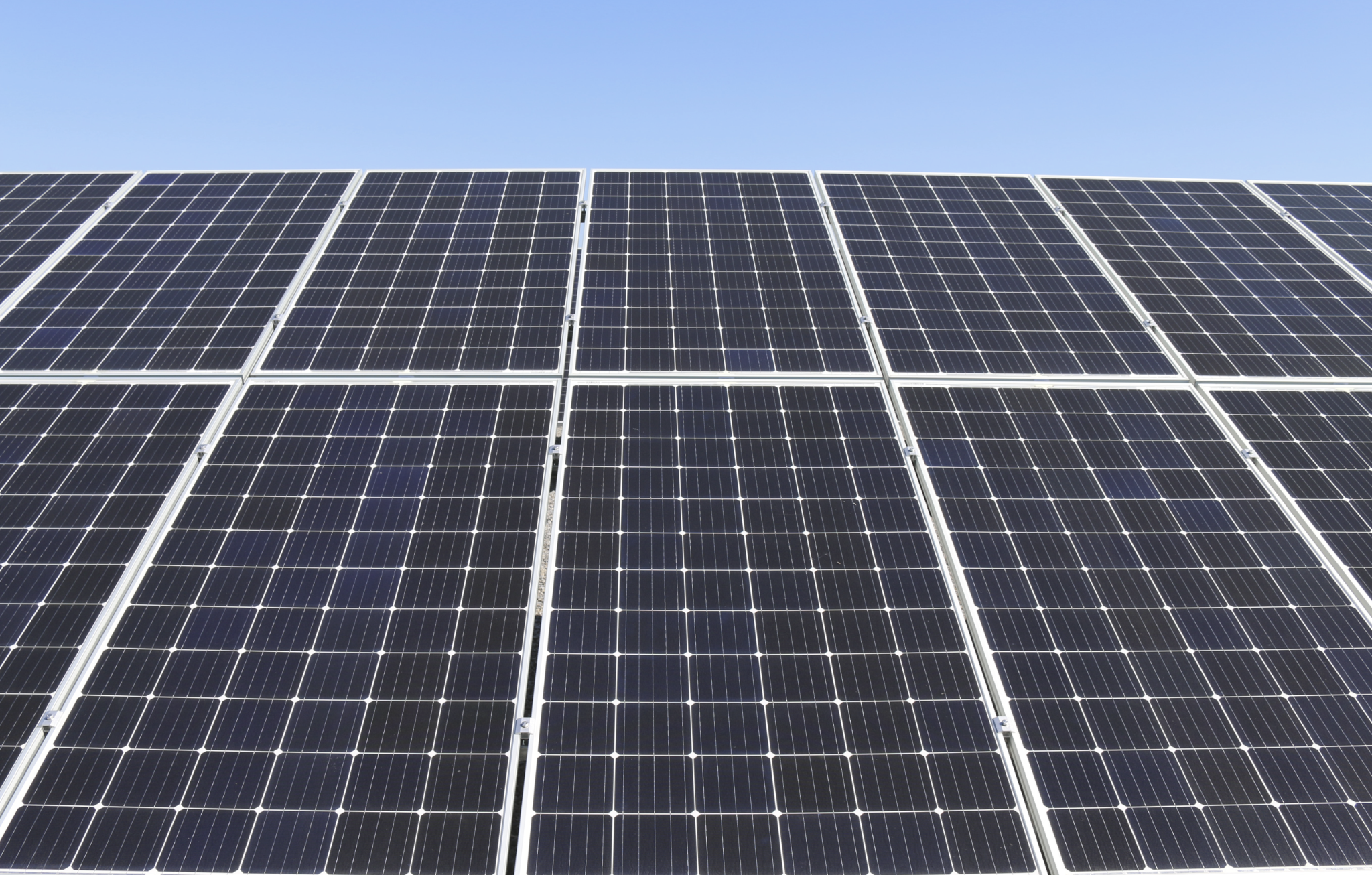Harnessing the Power of the Sun: An In-Depth Guide to Solar Panels

Table of Contents
The sun has powered life on Earth for billions of years, freely sharing its energy. Yet only recently have we unlocked the tremendous potential to harness the sun’s rays directly to run our modern households. We can efficiently convert abundant solar energy into electricity for all our daily appliances and devices through photovoltaic solar panel systems. This clean, renewable power helps combat climate change and gives homeowners energy independence without relying on fossil fuels.
Once a niche option, residential solar panels are now expanding exponentially as costs drop and energy concerns mount. Yet, misconceptions about real-world functionality, costs, and benefits still need to be made.
This guide serves as your solar primer, illuminating everything potential solar customers commonly wonder about. We’ll explain how solar equipment operates, highlight the financial incentives available, detail steps for tailoring systems to your unique home, and make a compelling case for joining the solar-powered future. Soon, you’ll see firsthand how harnessing the sun protects both household budgets and the planet!
How Do Solar Panels Work?
In short, solar panels (or modules) absorb photons from sunlight and then convert them into usable AC electricity through photovoltaic cells. But diving deeper:
Photovoltaic Effect
The photovoltaic effect allows certain materials to produce an electric current when hit by light particles. Solar cells use this to convert solar energy into immediate power or store it in batteries.
PV Cell Components
Photovoltaic cells contain one or two layers of semiconducting material, typically silicon. N-type silicon has extra electrons, while P-type silicon has electron vacancies to be filled. Together, they form an electric field.
Generating Electricity
When sunlight enters the cell, its photons knock electrons free in the silicon, causing them to flow between the N and P-type layers – that’s the conversion generating power. Combining numerous cells boosts overall voltage.
Direct vs. Alternating Current
The electricity produced is direct current (DC). For household use, this gets converted into alternating current (AC) via microinverters or a central inverter system. Then, it integrates into your home’s supply.
What Are the Benefits of Installing Solar Panels?
Beyond minimizing your carbon footprint, solar energy supplies other valuable perks:
Slash Electric Bills
Once your system produces enough to offset usage, you can dramatically reduce expenses and even sell back unused energy to the grid. Electricity costs rank among the top household bills.
Increase Property Value
Homebuyers actively seek places with solar already equipped. This value boost often surpasses the hardware investment costs over time.
Lock In Electric Rates
While utility pricing fluctuates (usually rises!), solar locks in predictable power generation rates for decades. Safeguard budgets despite market changes.
Receive Tax & Tariff Incentives
Governments worldwide offer financial incentives like tax credits, rebates, and preferential tariffs to spur solar adoption. These save you substantial sums in the short and long term.
Gain Energy Independence
Become completely self-sufficient energy-wise, no longer dependent on traditional utility companies. It is useful, particularly in more remote areas. Backup batteries let solar power your home anytime.
Low Maintenance
After the initial installation, solar systems require little ongoing work or expertise to manage. Some periodic cleaning and inspections may be advised. Monitor production levels through user-friendly apps.
What Are the Disadvantages or Considerations?
Solar power provides wonderful benefits but also involves some practical considerations:
Substantial Upfront Investment
Equipment, labor, permits, and integration expenses mean installing solar panels costs several thousand dollars minimum. Though incentives help offset this over time.
Power Fluctuations
Energy generation relies wholly on adequate sunlight. Cloudy weather and limited daylight during winter months can dip output. Though today’s efficient panels are still produced under these conditions,
Roof & Grid Requirements
Most systems are mounted on rooftops, so your structure, angles, and solar access must accommodate equipment. You also need reliable grid connectivity for net metering and failover supply when needed.
Appearance Impacts
While panels blend well into many of today’s roof profiles, some may dislike certain visual impacts this hardware presents on their home’s aesthetics. Site them thoughtfully.
Specialist Oversight Advised
While convenient and fairly autonomous once running, specialized consultants best assess case particulars to tailor solar to your household. They also streamline everything from permits and grid plans to ideal panel positioning.
Key Steps for Going Solar
Ready to explore solar panels for your house? Follow these guidelines to implement the best system meeting all unique home needs:
Schedule Site Evaluation
Always start by having a solar specialist thoroughly evaluate your home’s structural elements, roof layout, sunlight angles, and exposure, plus electrical details. This data gets used in designing everything later. They’ll also check if local building codes or homeowners association rules apply regarding panels in your area.
Estimate System Size
Next, determine the ideal system size by analyzing past utility bills and your average energy consumption. Allow room for future electric vehicle charging needs also. Experts precisely size components so your system generates sufficient yet not excessive electricity.
Select Equipment
With size guidelines established, choose premier solar panels and accessory equipment like high-efficiency inverters and reliable batteries, if incorporating any, added Taylor’s, who offer complete solar PV installation.
Manage Permits & Plans
Your solar provider also handles required permits, compliance paperwork, grid connection approvals from your utility company, and rebate/incentive program applications. This administrative work gets complex, but the benefits warrant it.
Installation & Inspection
Professionals then complete full system installation and activation, followed by inspections certifying it meets all regulations. This includes verifying correct positioning, wiring, meter, and monitoring systems.
Maintenance
Once passed and approved, start benefiting from solar energy independence! Expect an orientation overviewing monitoring and optimal operation, plus any maintenance advisories. Then, take in the savings and sustainable electricity for decades to come.
Conclusion
The reasons for switching to solar energy keep multiplying while barriers shrink yearly. With environmental duties urgent and energy prices continually rising, now is solar’s time to power forward. Homeowners worldwide have already embraced their capability to independently produce clean, renewable electricity at a locked-in reasonable rate for decades.
There has never been a better moment to explore residential solar yourself, starting with an evaluation from qualified solar installation experts. They can recommend the perfectly sized system components plus positioning to maximize energy production on your property. Know that specializing firms like Kingdom Solar also handle permitting paperwork, grid connectivity, government incentive applications, and more. Soon, having your own personalized solar panels harvesting free energy from the sky will pay off substantially. Take your chance to join the solar savings revolution!






